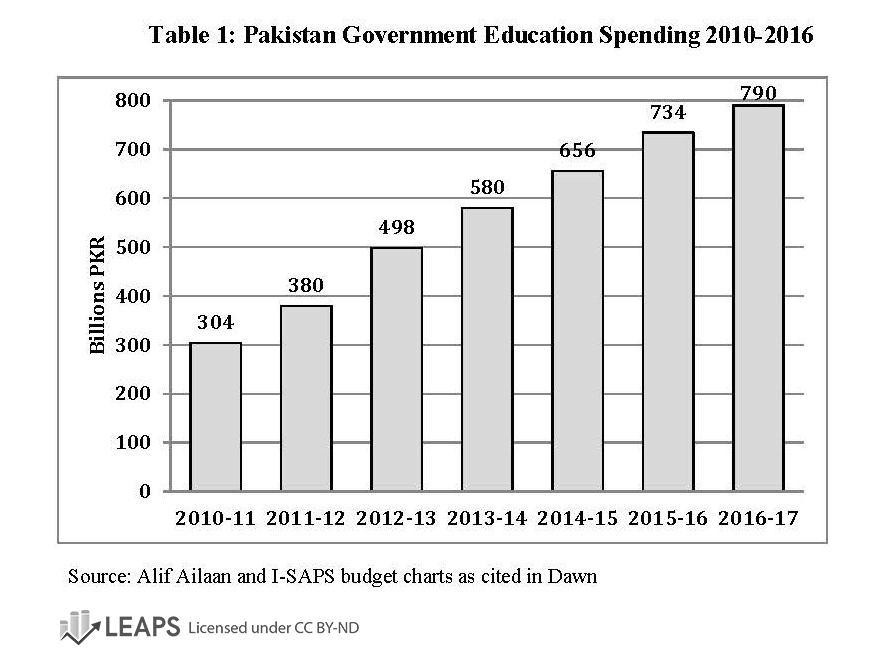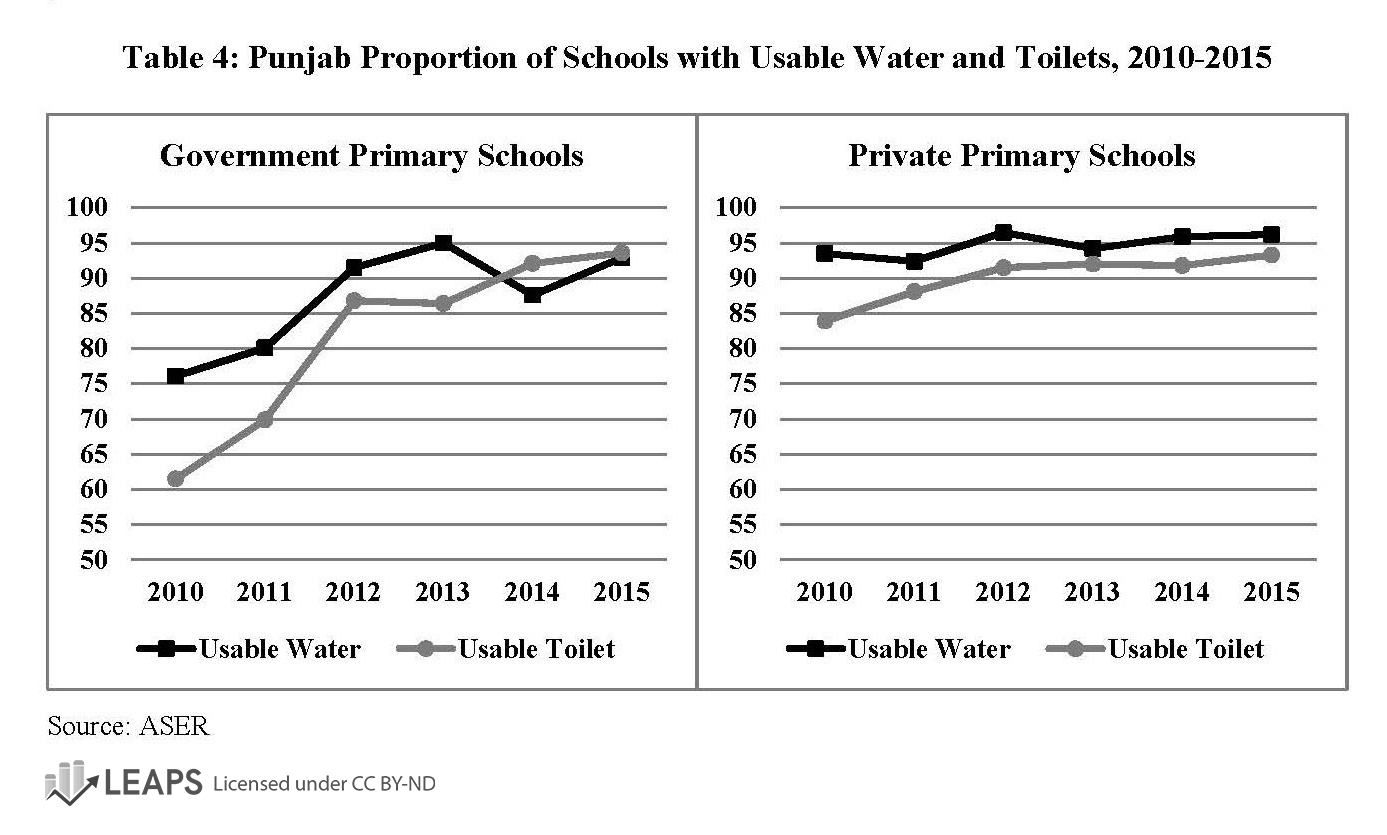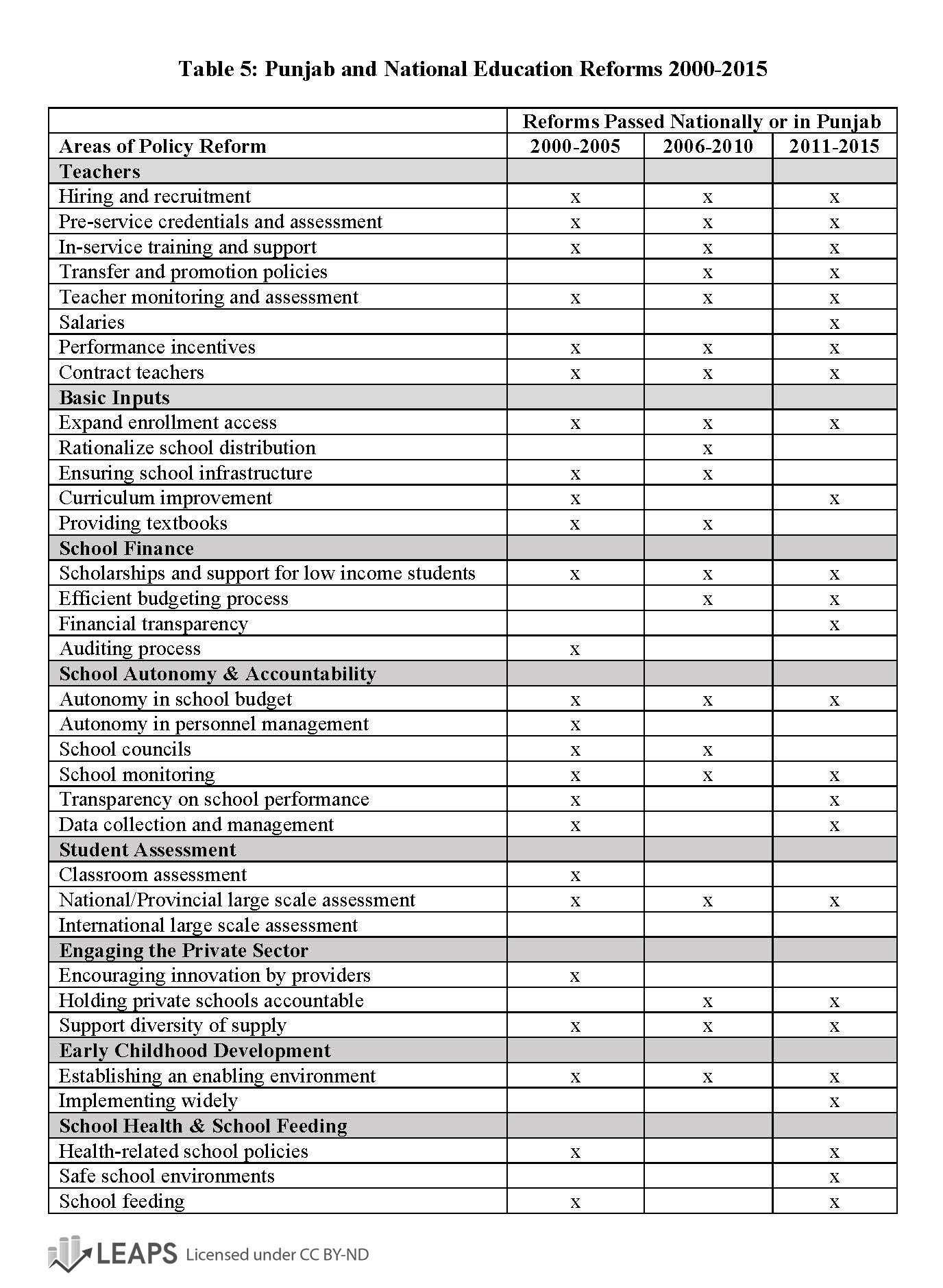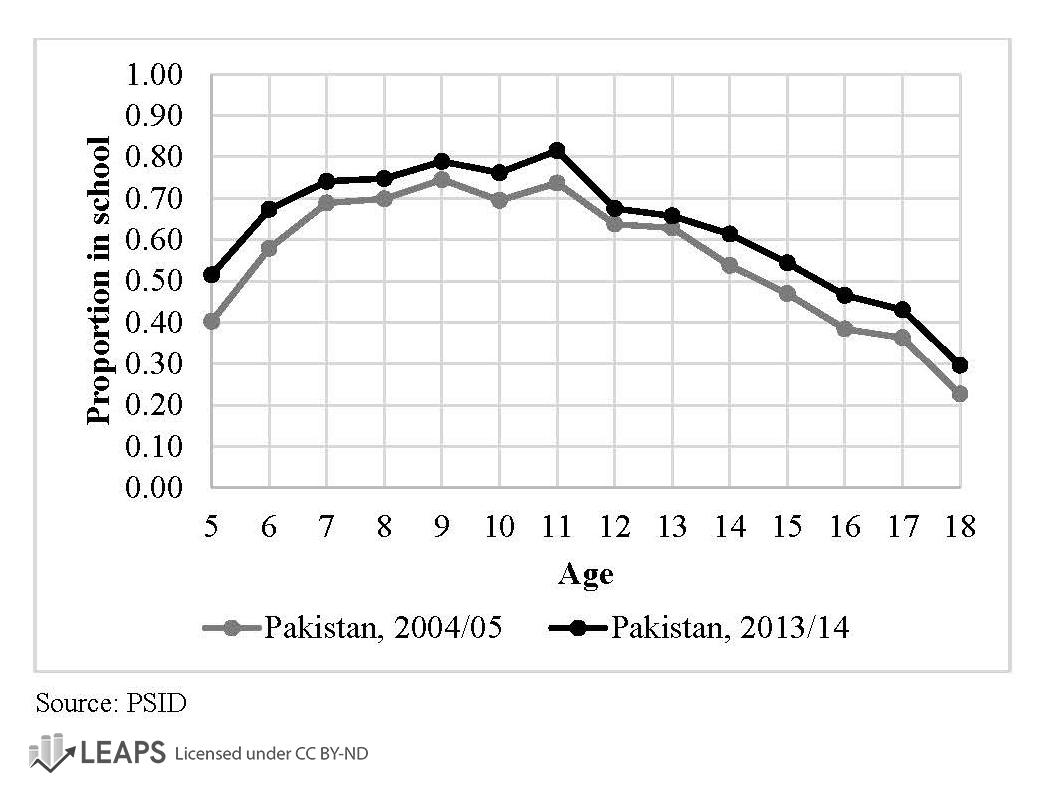A Diagnosis of the Pakistani Education Ecosystem
Summary: Over the past two decades, Pakistan has undertaken a myriad of education reforms. Education spending has increased dramatically, allowing for greater investments in key inputs like school infrastructure, teachers, and classroom materials. Education policies have also evolved at a dizzying rate, with major changes to administration, accountability, teacher policies, and rules regarding the private sector. Compared to other countries, the pace of these changes and the ability of reformers to overcome opposition have been remarkable. However, the outcomes of these efforts are disappointing. Enrollment continues to lag behind comparator countries, and available measures of test scores show almost no improvement. This paper explores how so few results have been obtained as a result of these changes; and describes areas of further research under the RISE agenda.
Citation: Andrabi, Tahir and Isabel Macdonald. 2017. “Pakistan Systems Diagnosis“. Harvard University.
Tahir Andrabi
Isabel Macdonald
Study Design and Findings
There have been vast changes to both financial and policy inputs to education in Pakistan over the past two decades.
The Pakistani education system saw multiple major reforms and an influx of funding since 2000
Education inputs changed substantially due to an onslaught of policy changes. Reviewing the history of education reform shows that in each five-year period since 2000, substantial changes pertaining to teachers, schools, and students were passed by both the national and provincial governments. In many countries, any one of these reforms would have been a major political achievement due to the crippling opposition and debate that often surrounds education reforms. However, the most impressive development is likely the tremendous growth in education budgets. Since 2010 until the time of writing, government funding for education in Pakistan overall increased an average of 17.5% per year. Increases in funding have helped schools make significant infrastructure improvements, particularly in rural areas. Data available since 2010 shows that the proportion of rural public schools with amenities such as usable toilets and potable water has increased almost to the level of private schools.
Yet, enrolment and learning lagged behind that of other LMICs
However, despite these reforms, while enrollment of children ages 5-12 in the Punjab grew from 71% in 2005 to 79% in 2014, it is still far behind most countries in Asia and Africa, the majority of which have made much greater strides towards universal enrollment. The other provinces are even further behind. Pakistan’s performance is especially poor for female enrollment, which has remained approximately 10 percentage points lower than male enrollment, and is even lower in rural areas. Available measures of test scores also show little growth. Test scores collected as part of the Learning and Educational Achievements in Punjab Schools (LEAPS) longitudinal study and related private school studies by the same researchers show inertia in results from 2004-2011. In this period, public school test scores remained virtually unchanged, other than slight annual fluctuations.
We highlight six key reasons why reforms and funding have failed to improve education quality
The inability of reforms to bring about improvements in educational outcomes indicates that various challenges are hindering the success of the educational agenda. These challenges may include:
Standardization and centralization constrain the ability of schools to adapt to local needs and demands
Policy reforms encounter various barriers to implementation, such as poor planning, political interference, or resistance from key stakeholders groups
Reforms create confusion or conflicting incentives for those who were supposed to implement them, namely teachers and ground-level administrators
Education funding’s failure to reach its intended target, and/or allocation to inefficient or ineffectual projects
Despite an expansion of supply, demand for education remains low, particularly for girls
Education reforms need time to take effect, so positive results are not yet apparent
These confounding factors could help explain why a decade of reform would have little to no effect on education outcomes. Each of these challenges, as well as many other barriers to success, merits greater investigation to determine its impact and relative importance.
Study Resources
The following resources are for public use in presentations, papers, lectures, and more under the Creative Commons license BY-ND. Click the images below to view or download individual images, or use the button to download all.
As a condition of use, please cite as: Andrabi, Tahir and Isabel Macdonald. 2017. “Pakistan Systems Diagnosis“. Harvard University.








